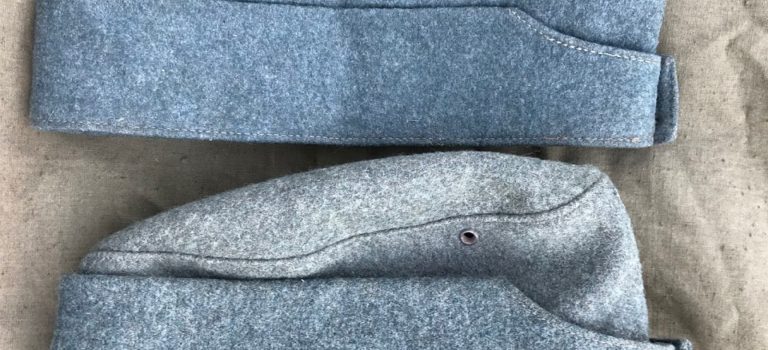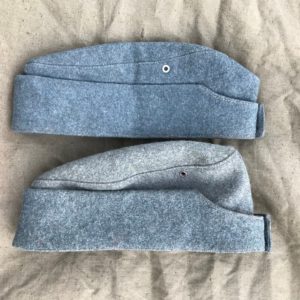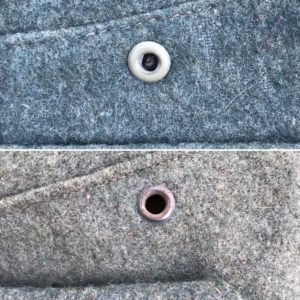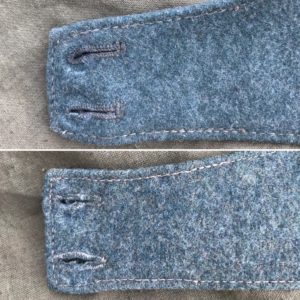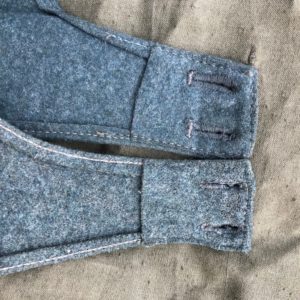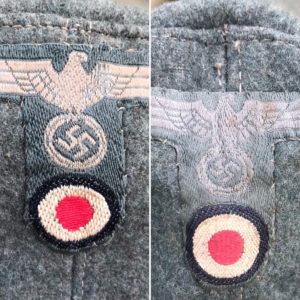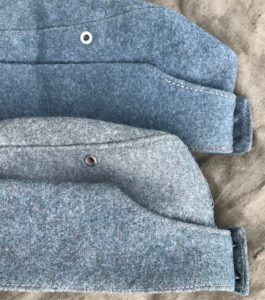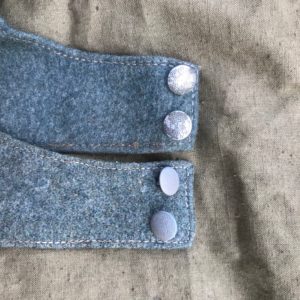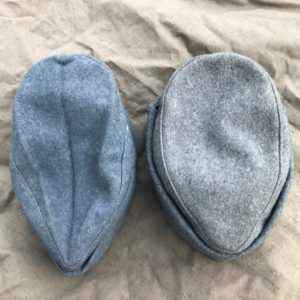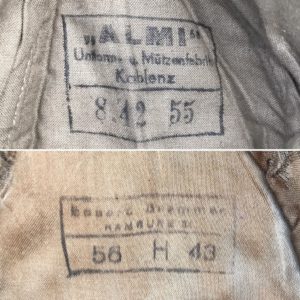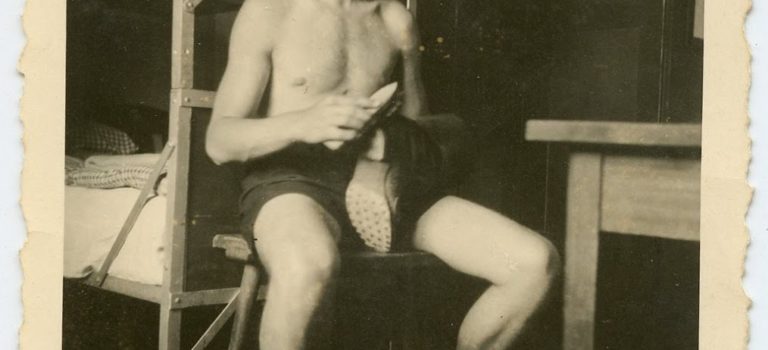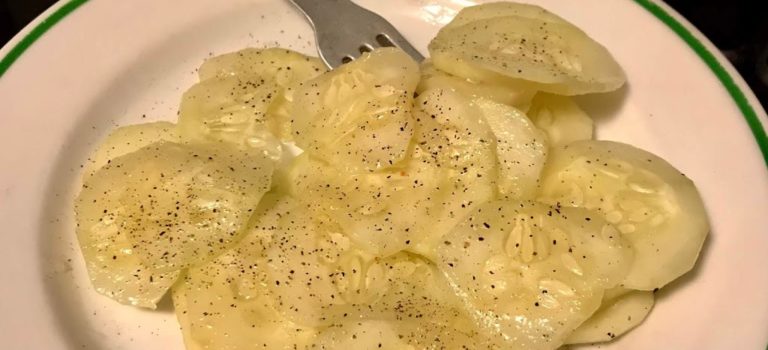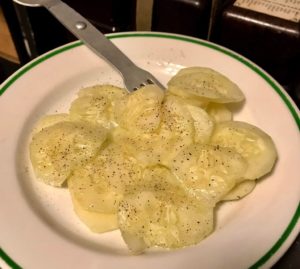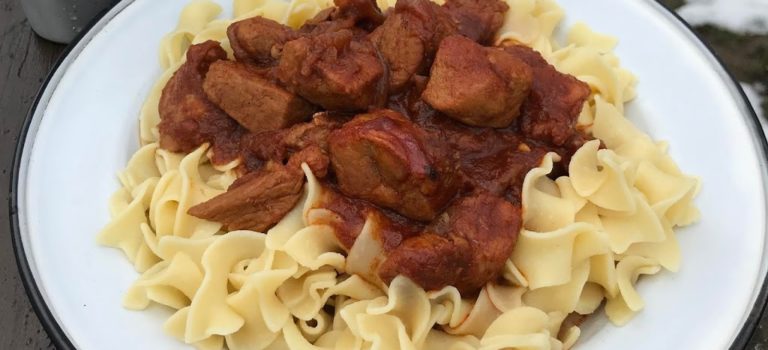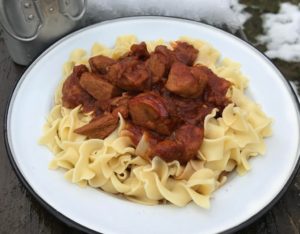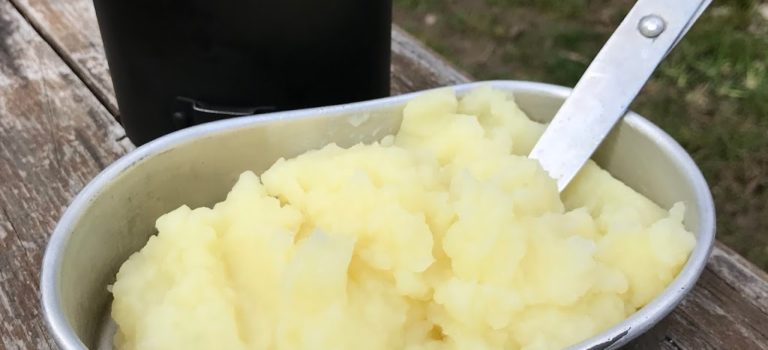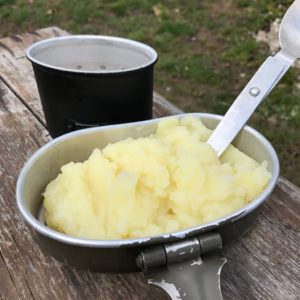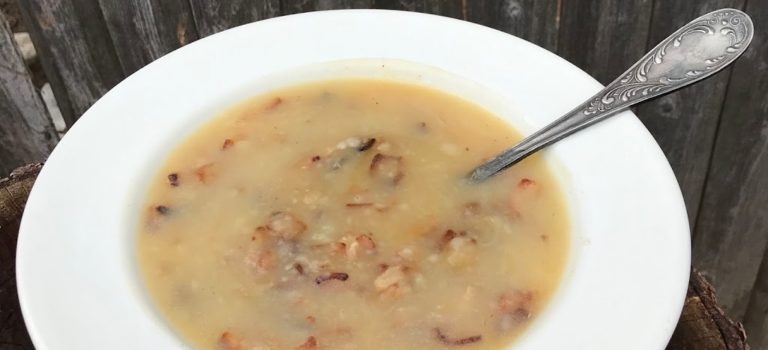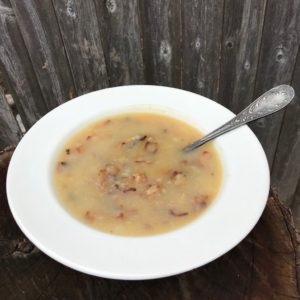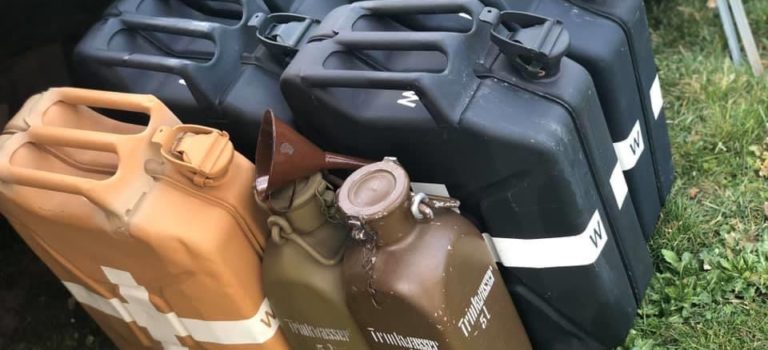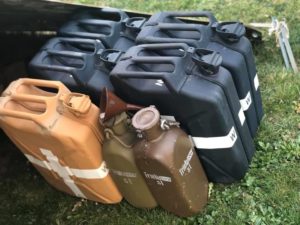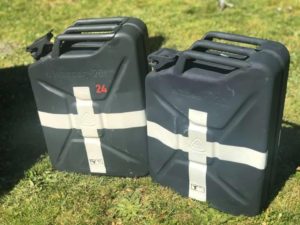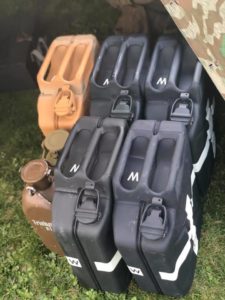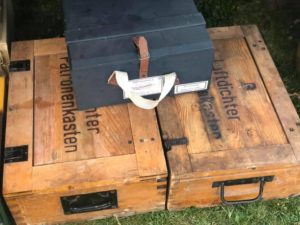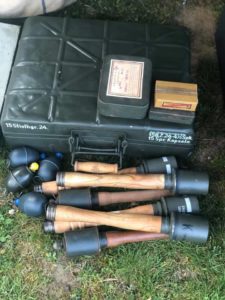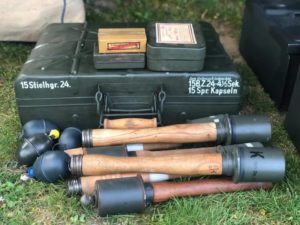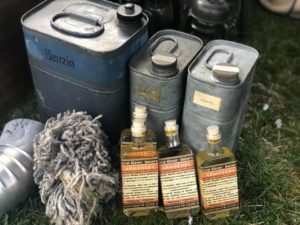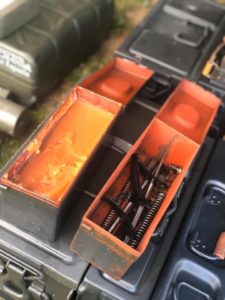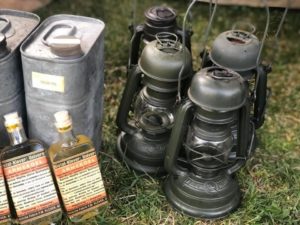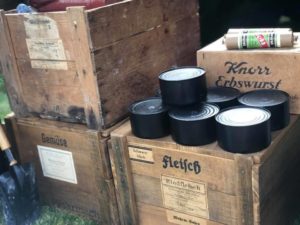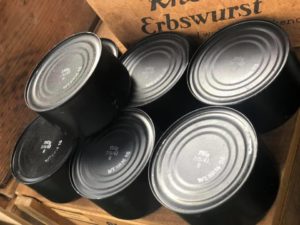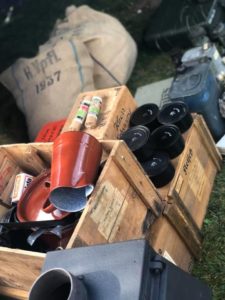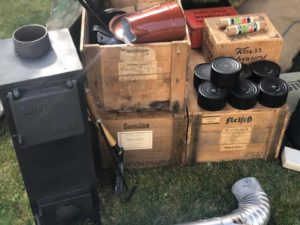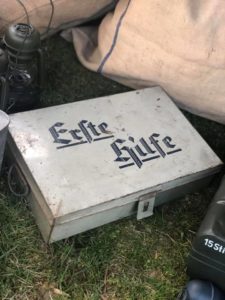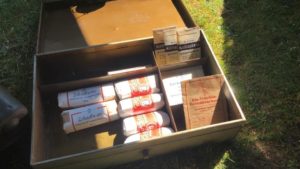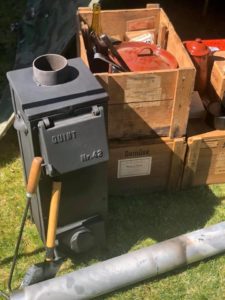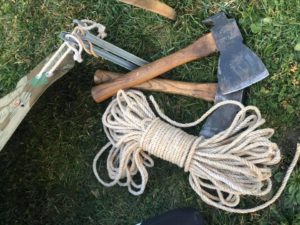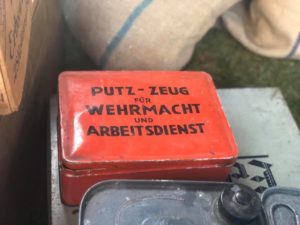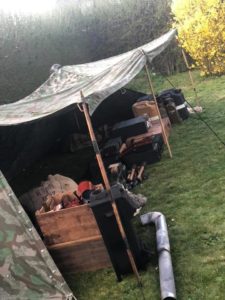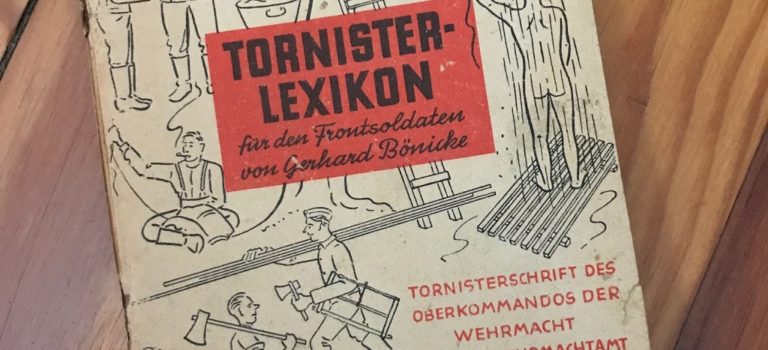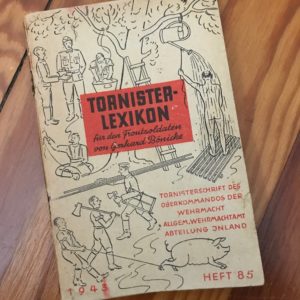Author: Chris Schreiber
Several years ago I interviewed Gefr. Fritz Schweigler, a member of Infanterie-Lehr-Regiment who was badly wounded and captured at Anzio.
FS: As a soldier, the only thing you have is your uniform, your weapon, and nothing else. Nothing else! You get your food from a kitchen, it will be the same way in every army. You are supplied by the army, but you don’t need anything. You need your handkerchief, you need your knife, you need your razor equipment, but nothing else. Nothing else.
CS: Where did you sleep when you were on the front line?
FS: In holes! In holes. You know, the so called… The battlefield was in the area of the so-called Pontinischen Sumpfen. The Pontinischen Sumpfen was, a, you know when you dig your hole, you could dig about 60 or 80… No, you say a yard. About 2/3 of a yard or a yard and you had all water, you know, you came to water, you didn’t dig deeper, your hole. So, it was very primitive. We spent most of our time in open holes, about 2 yards or 1-1/2 yard long and 2/3 of a yard broad. Just place to sit in, not even to lie in. And some had the chance that they found some wood somewhere, or from trees, and you covered your hole as far as was possible, just in order to have a little bit more against rain or so. But I tell you, when you dig your hole, you couldn’t even dig one yard, you were underwater.
CS: Did you have a blanket with you?
FS: Ja! Every soldier. Not a blanket, but stuff like a tent, you know?
CS: A Zeltbahn?
FS: Ja, a Zeltbahn, ja. No blanket.
CS: No blanket???
FS: No, you just had your weapons, and you had… I don’t know the name in English, in German it’s Kochgeschirr. Das Kochgeschirr, ja. And we always said the soldier must have the Kochgeschirr and a spoon and a knife and a fork, so that when there is a possibility to get something to eat, you must have it! (Laughs) That’s a tool you needed! That was all, and then you had a so-called Iron Ration, that was, I think it was a small tin, with meat and a few biscuits, and you were not allowed to eat it. That was for the situation when you really couldn’t get any food from anywhere, then you are allowed to eat it, but not before. And you had a bottle for tea, or water or whatever, and then you had, in case you would be wounded. I don’t know the expression in English, but you need a bandage or, what’s the German name for it? Verbandszeug. That was the outfit of an Infantry man.
CS: What did you carry in your Feldflasche? Water, or…?
FS: No, mostly tea. Mostly tea, ja.
CS: Did you have an Esbit stove?
FS: No, we didn’t have that. You know, when you were in front line, the so-called Tross- that part of the Kompanie or Regiment that was behind the front line- there was the cook, there was the ammunition which you had to bring to the front at nighttime, and at night time also the so-called Essenträger, the special 2 or 3 men- they came at nighttime with containers with tea and other food, the Gulasch and noodles or something like that what you got to eat, they came at nighttime to a certain point, that infantrymen knew what point it would be, and got mostly one man or two men from a group of 9 or 12, got there and got the rations for their fellows and then they went back to the front line.
CS: What did you keep in your Brotbeutel?
FS: In the Brotbeutel nearly nothing. Nearly nothing! We just got the rations, cold and warm, and we were always hungry, we didn’t get so much you know, so you didn’t have the chance to have some other things, in your Brotbeutel.
